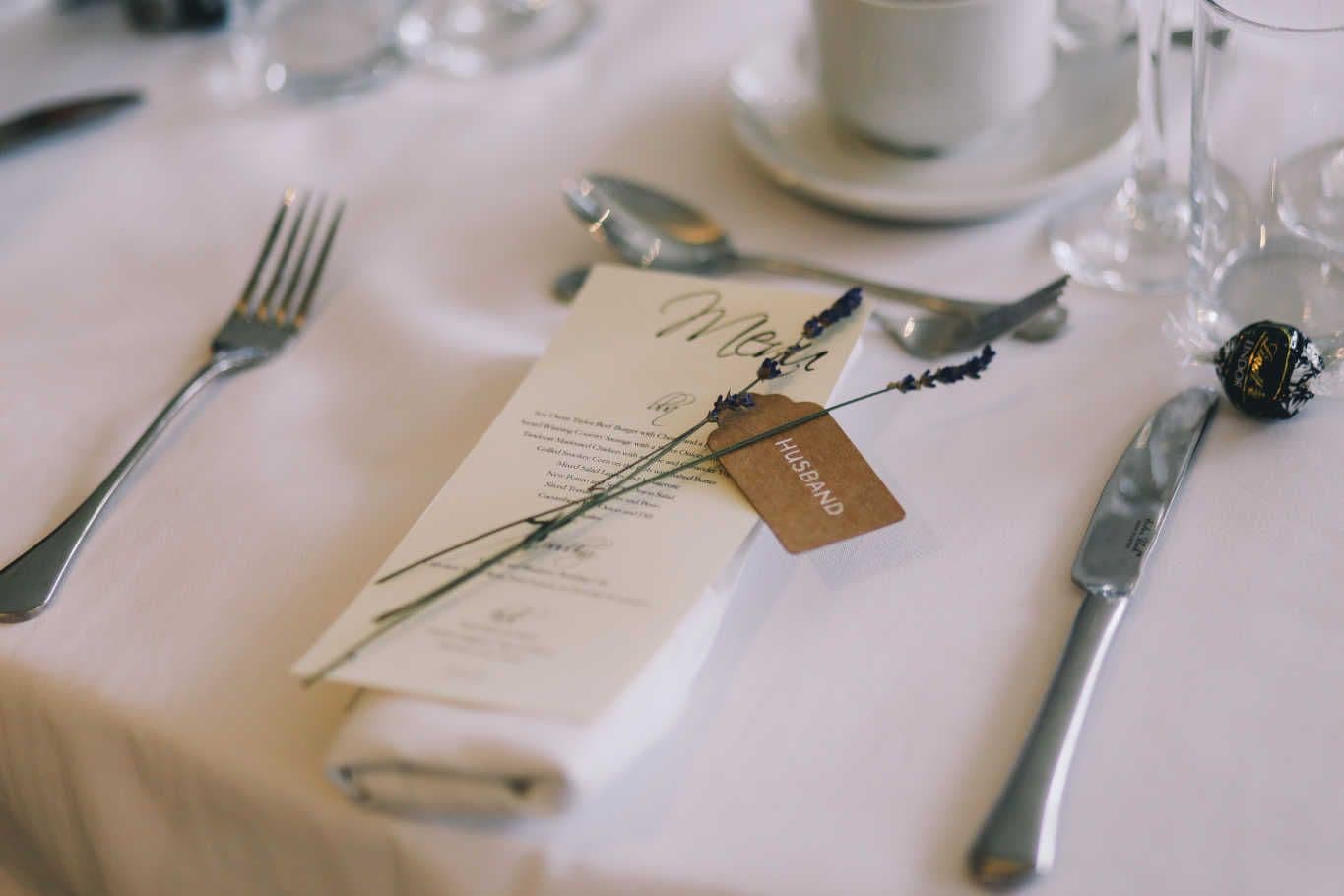Everyone in the restaurant industry knows we live and die by our margins, and they are astronomically thin by design. Not to mention, the scheduled labor and staff on top of that. Very few industries have to pay out-of-pocket for transient inventories which are depleted and restocked on a weekly basis. In an attempt to recoup some costs, restaurants often make one or more of the following decisions:
- Overcharging customers for menu items
- Reducing portion sizes by too much
- Selecting vendors solely based on cost
- Turning a blind eye to inventory
These measures are likely to result in customer dissatisfaction and as a restaurant, the last thing you want to do is leave a bad taste in your customer’s mouth. Fair menu costing is essential for any restaurants and it is something that all restaurateurs must learn.
The Right Way to Set Menu Costs
Customers are sitting at your tables for your menu – so preserve it! Restaurateurs looking for a quick fix often default to raising menu prices in order to widen their margins. This is the easiest way to earn customer distrust and damage relationships with the life blood of your business, your customers. On a psychological level, bumping up your prices creates a new perceived quality level in your customer’s brains. Once they see higher prices, they expect higher degrees of service, quality, and experience – often higher than your restaurant is equipped to provide. A raise in menu prices usually comes hand in hand with a restaurant strategy pivot. If you’re making the change just to cover your costs instead of providing your customers with a new and wholesome experience to go with it, you’ll quickly find yourself with empty seats.
Recommended: 6 Restaurant Menu Ideas And 3 Design Trends To Grow Your Revenue
What Customers Expect out of Portion Sizes
Similarly to menu costs, your portion sizes need to reflect the price on the menu. Unless you own a fine establishment that can pull off charging premium prices for 2 square inches of bespoke, delicious cuisine, customers are going to base their plate on how much they’re paying. Satisfaction is the name of the game, but that doesn’t mean you should pile on mountains of food on their plate in an effort to appease them. As with everything, you need to strike a balance. Portion sizing means finding the sweet spot for food cost and customer expectation.
One of the best ways to control portion sizes is to educate your team on specific measurements. How many ounces of duck confit go on the plate? What’s the proper amount of vinaigrette drizzle poured over your greens? These are the kind of measurements you and your team need to nail down. As long as you give your customers exactly what they ordered, they’ll receive exactly what they paid for, and your margins will not shift because you know that you have used the exact amount of ingredients necessary.

Finding the Right Vendor(s)
Just like outside of work, relationships are not built on personal gain. When [you’re evaluating potential vendors it is imperative to look beyond the prices and do some research on the vendor. Take a look at their track record:
- How many customers do they have?
- How many of your order categories do they cover? (alcohol, seafood, linen)
- Are they reliable? What is their quality assurance process?
- How are their reviews? Do you know anyone you can call to get a sense of their personal experience?
Order availability and lead times, delivery methods, payment options, and order quantity limitations are all considerations that you need to value over cost when selecting a vendor. With the right strategy, you can gain a business partner who opens the door to item discounts and market knowledge from the vendor’s point of view. If you have stable vendor partners, you can better predict your food costs, which in turn go a long ways to being able to cost your menu more effectively.
Recommended Reading: The Ultimate Guide to Restaurant Costs
Manage Your Inventory to Control Menu Costing
Refining the way you order inventory is another innovative solution to controlling the prices on your menu. Knowing how much you need and how soon it needs to be off of your shelf is paramount to reducing food waste and getting more bang for your buck. Streamlining efficiency in your back of house operations will do wonders for fine tuning menu costs to find the perfect balance between cost and profit. Adopting inventory management and ordering systems which speak to each other to determine exactly how much you need means less of your money spent on unused stock.
Restaurants rarely update their menu prices as reviewing price changes for 100-300 items on a regular basis is a daunting task. Consequently, some restaurants are forced to cope with temporary losses in menu items to avoid the mind numbing task of updating hundreds of prices. Gaining control of how much inventory you’re bringing in versus how much you’re sending out is essential to alleviating the headache of manually tracking your menu costs on an ingredient by ingredient basis.

Will Harmon, Author
Will Harmon
Author
Will Harmon was an associate at BlueCart, an ordering, inventory, and operations platform for the hospitality industry. He loves learning about procurement practices and the latest restaurant trends.
